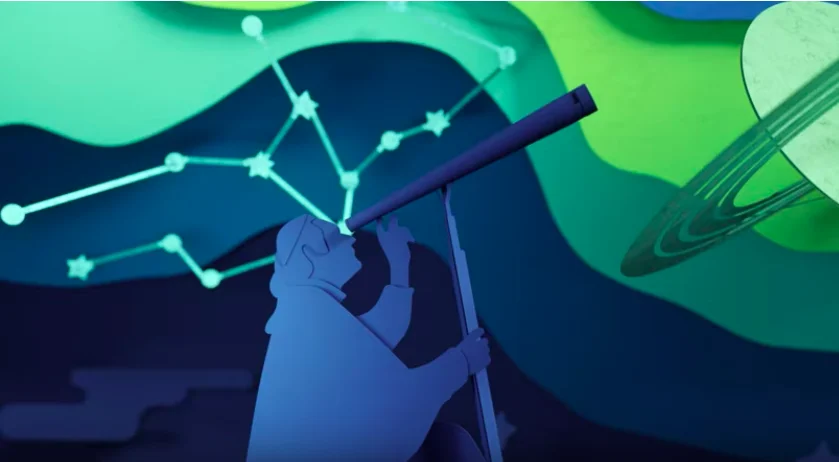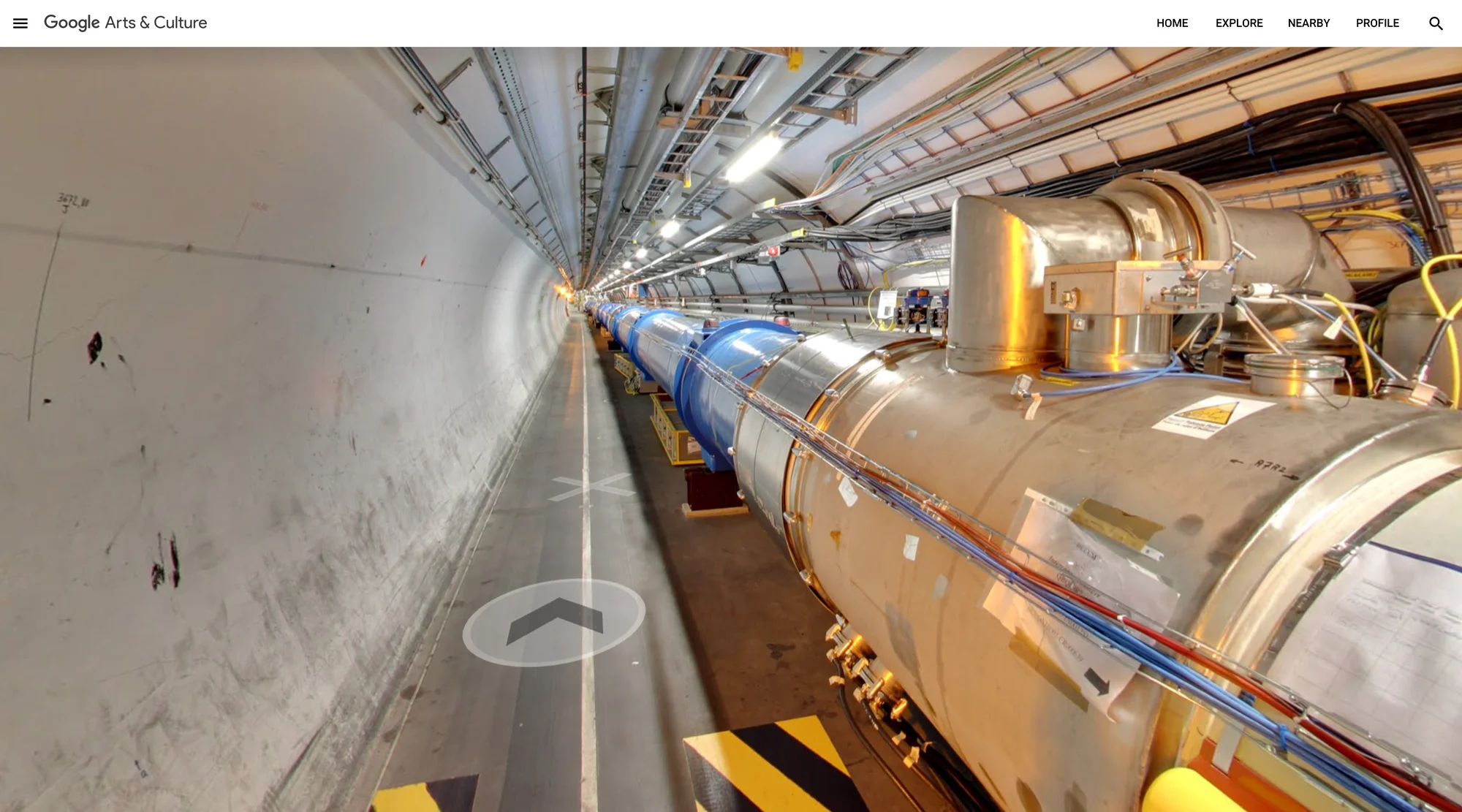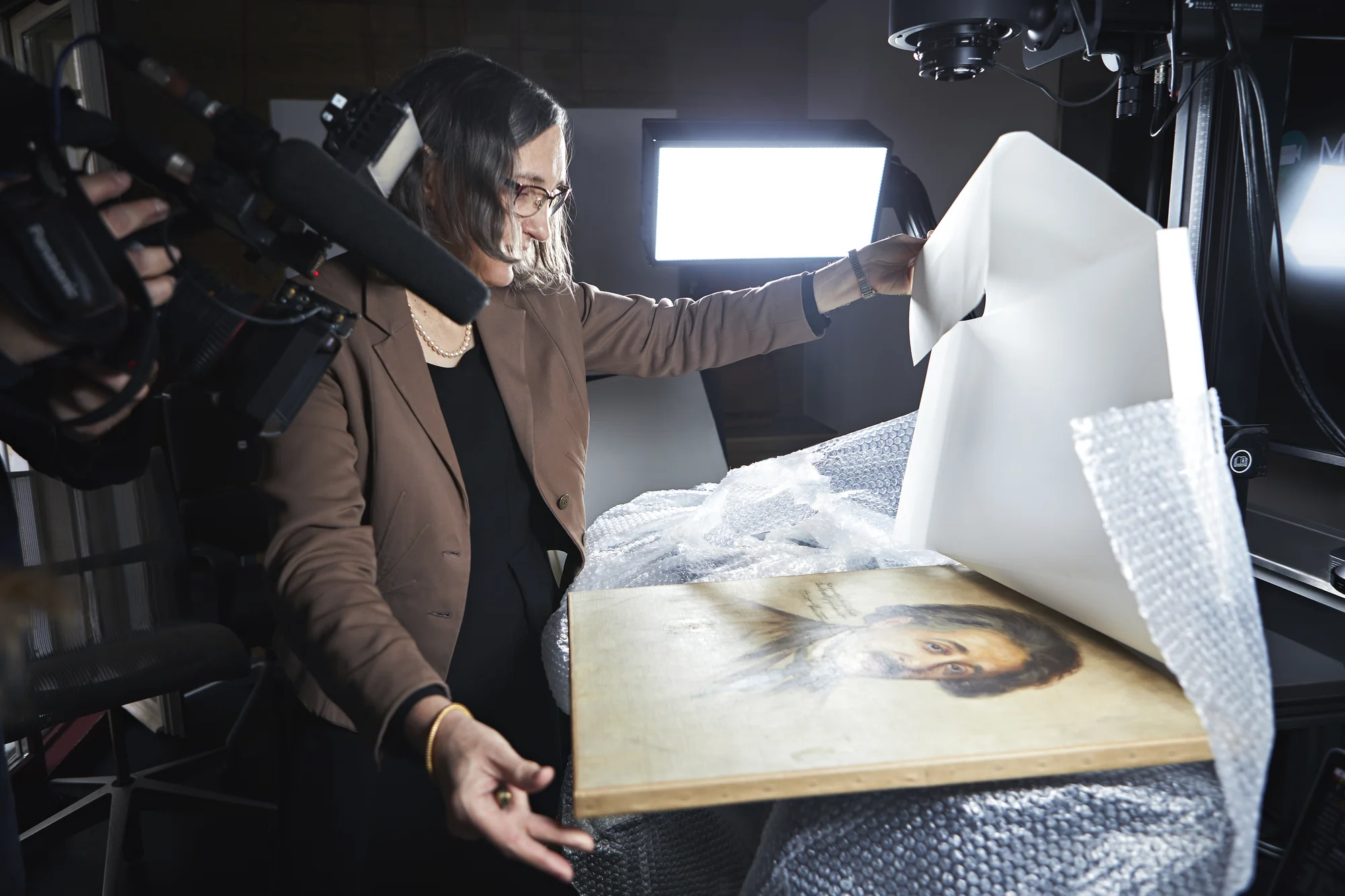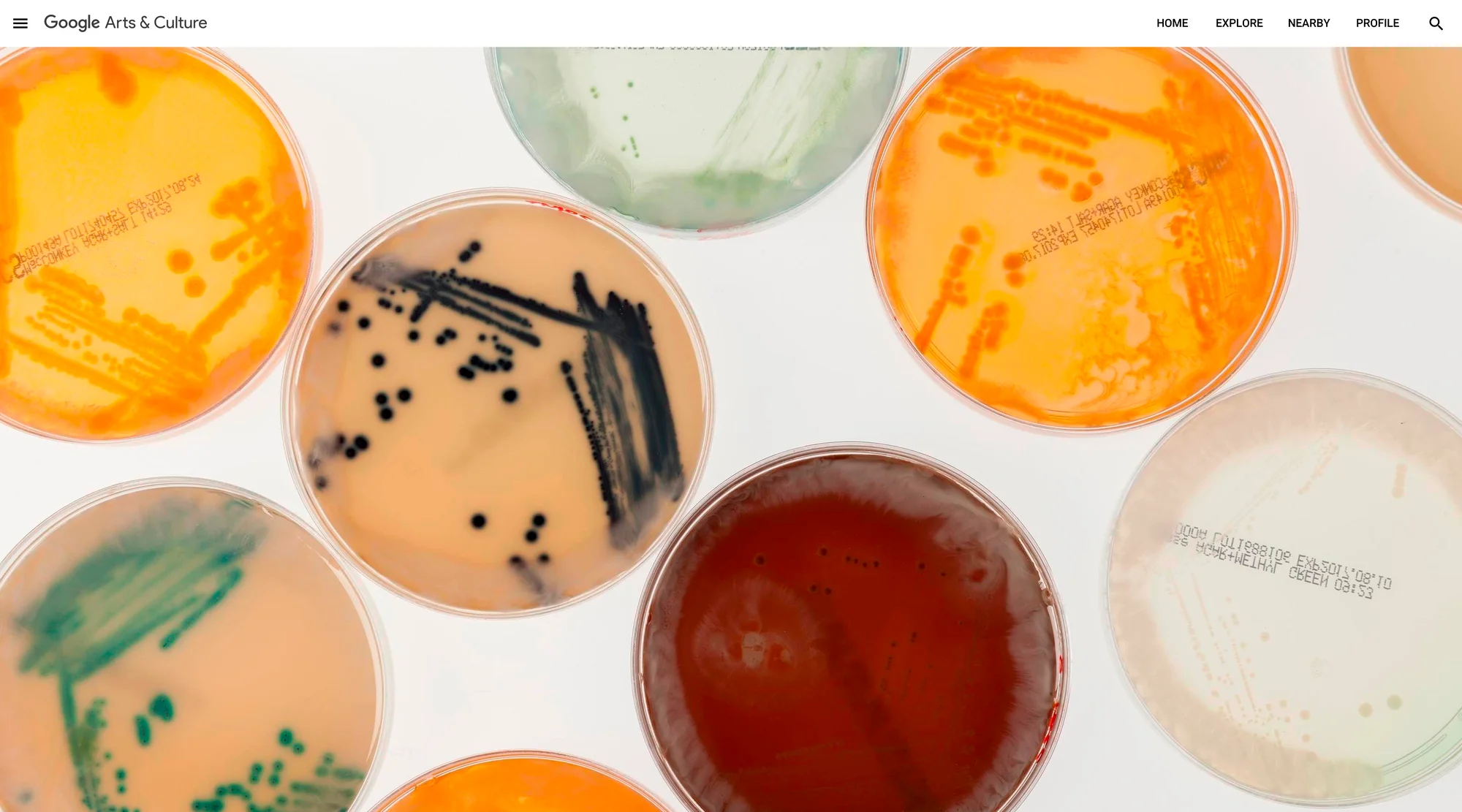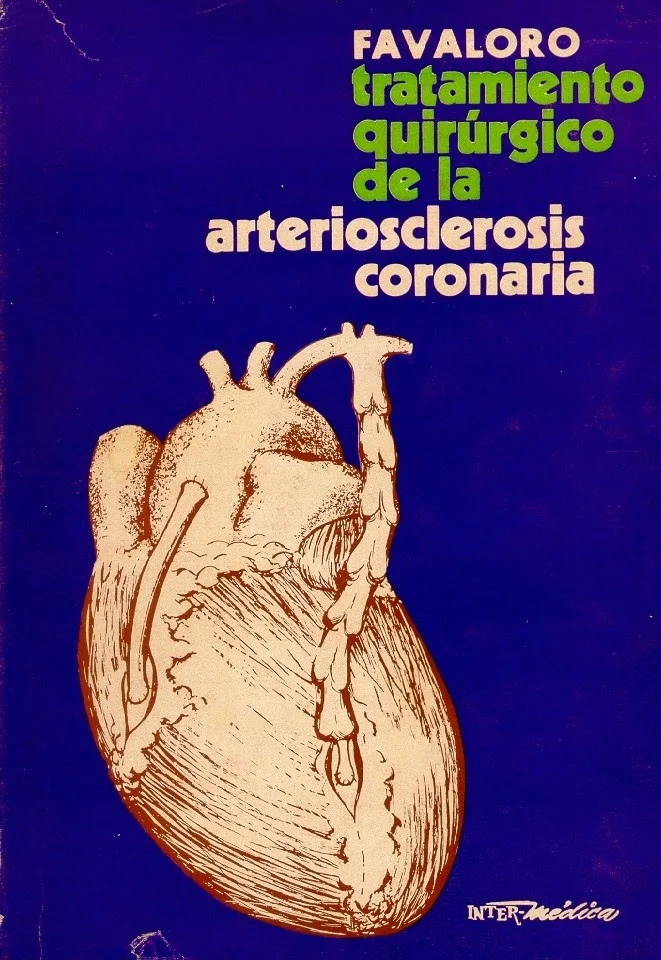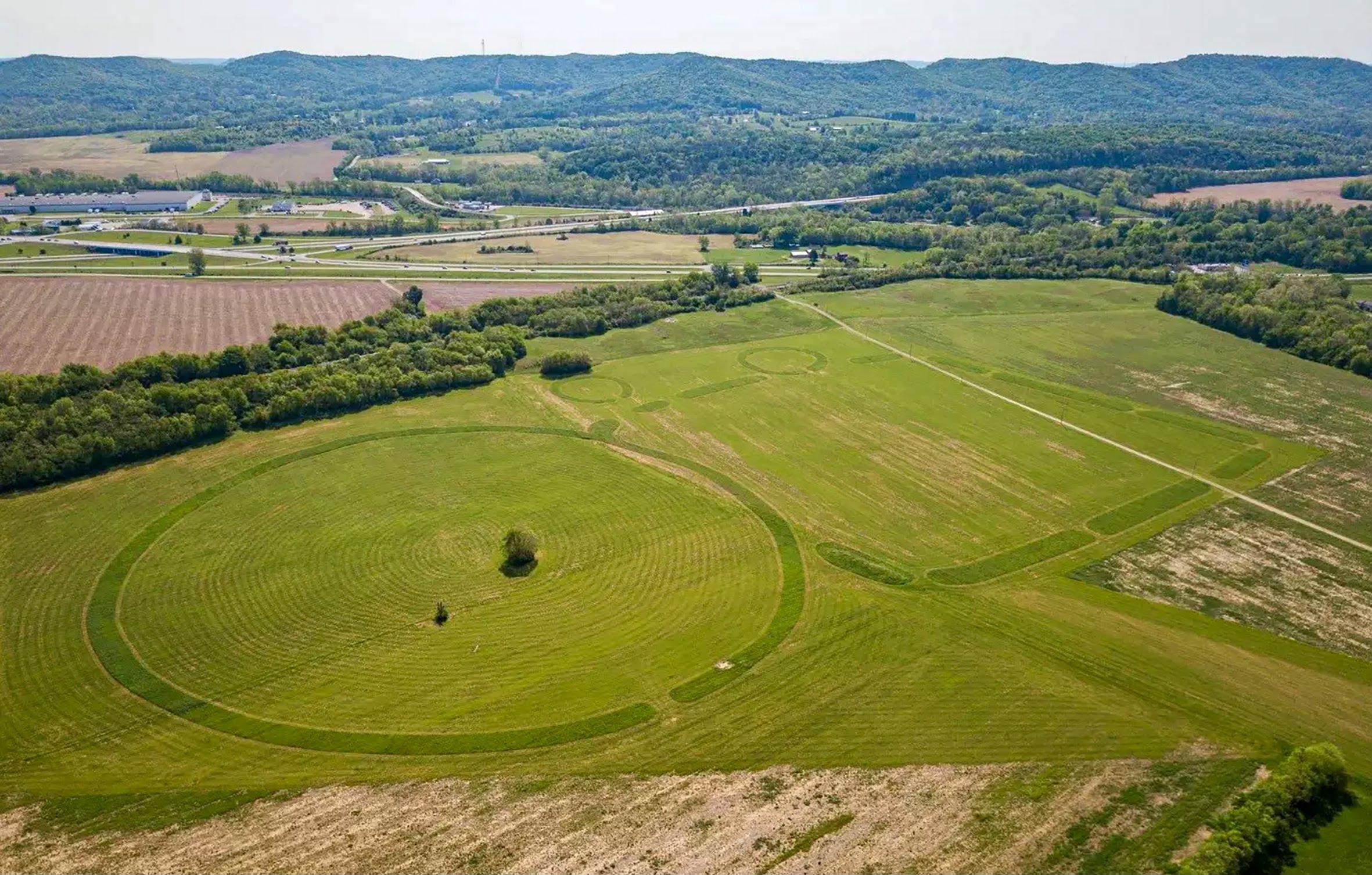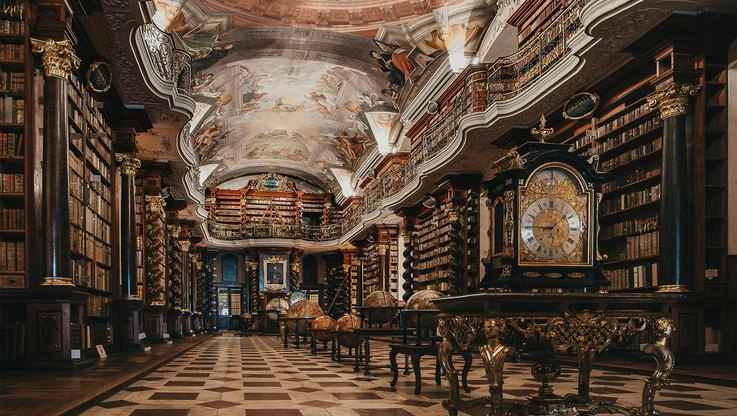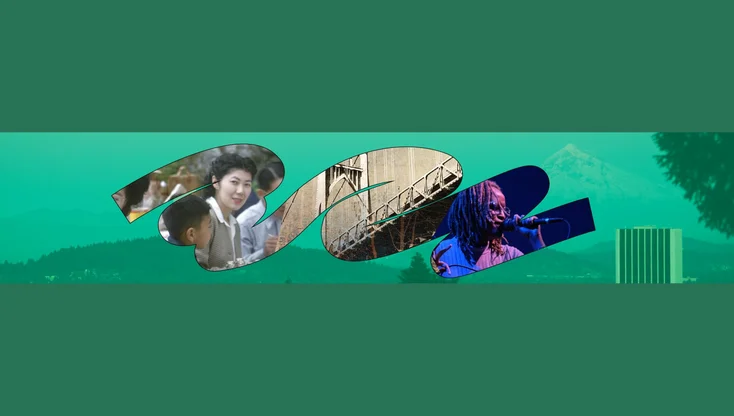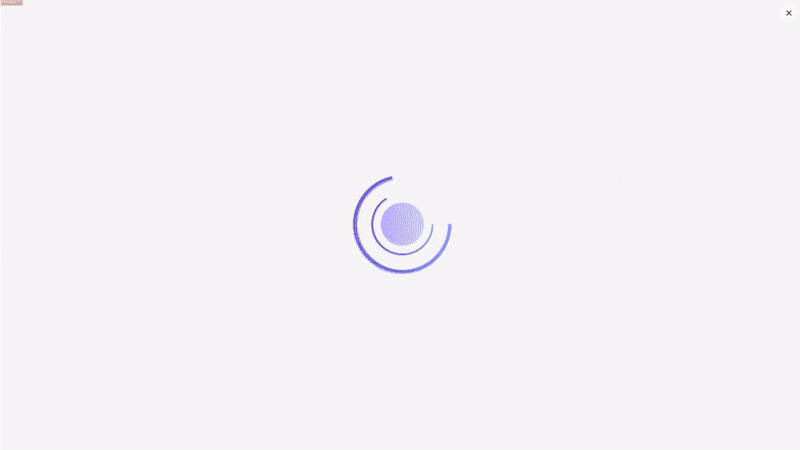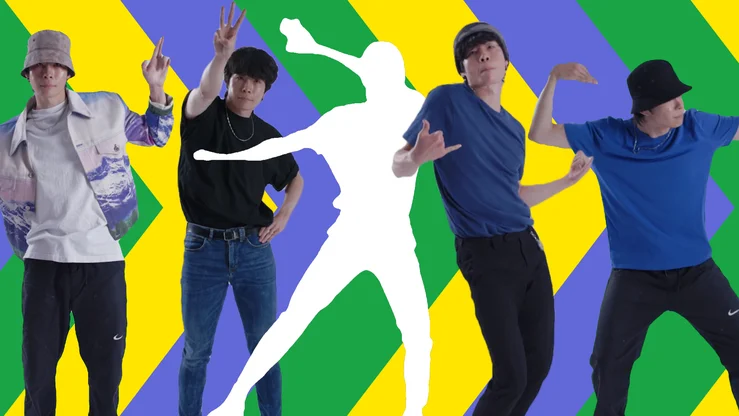Explore millennia of human inventions in one exhibition
New inventions have fueled fantasies and shaped human society—from the first stone tools to robotic arms, steam engines to jet propulsion, pieces of paper to the internet, and hieroglyphics to emoji. Take the telescope, for example. Today, the Hubble Space Telescope orbits 340 miles above the Earth, capturing crisp images of 10,000 galaxies that are up to 13 billion years old. The idea for the telescope was born in 1608 from Dutch spectacle-maker Hans Lippershey's idea, and Galileo Galileo later improved the design, then pointed it at the sky.
Today, we’re celebrating the objects dreamt up and created by inventors, scientists and dreamers. Thanks to over 110 institutions, as well as dedicated curators and archivists from 23 countries around the world, you can explore a millennia of human progress in Once Upon a Try, now available on Google Arts and Culture. With over 400 interactive collections, it’s the largest online exhibition about inventions and discoveries ever created.
In addition to the exhibition, you can download a “Big Bang” augmented reality app, which we developed in collaboration with CERN, the European Organization for Nuclear Research. In the app, you’ll embark on an epic 360-degree journey through the birth and evolution of the universe. With Tilda Swinton as your guide, witness the formation of the very first stars and watch planet Earth take shape in the palm of your hand. Using Google’s machine learning, you can also explore NASA's vast archive of 127,000 historic images with a new tool called NASA's Visual Universe. See the history of discoveries and missions, or search for a term to learn more about the space agency. You can also tour the Space Shuttle Discovery—based in the Smithsonian National Air and Space Museum—in 360 degrees, with the astronauts who once called it home as your hosts.
Within the Once Upon a Try exhibition, you can dive into Street View to tour the sites of great discoveries, from the deep underground of CERN to the high-in-the-sky International Space Station. Zoom into 200,000 artifacts in high definition, like the first map of the Americas and Saturn and its 62 moons. Get the lowdown on big inventions (from emoji to the toilet), or hear five inspirational scientists talk about superpowers—like shapeshifting—that are being created through science. Meet the Einsteins and Curies, or learn more about champions behind the scenes—like Chewang Norphel, the man single-handedly combating climate change with artificial glaciers, or Mary Anning, the pioneering female paleontologist who discovered the pterodactyl.
Woven through the exhibition are tales of lucky accidents, epic fails and even people who died for their projects—like Röntgen’s fluke discovery of x-rays, Isaac Peral’s ingenious electric submarine that never launched and Marie Curie’s quest to find polonium, which led to her own death from radioactive poisoning. Despite these setbacks, human endeavour is a never-ending journey—and you can imagine that only a few things are as exhilarating as that “eureka” moment when everything falls into place. Get all the tips you need to become and inventor, and learn why it’s important to embrace failure through the stories of pioneers like Ada Lovelace, Mae Jemison and Chien-Shiung Wu.
We hope this tribute to human discovery inspires a new generation of creators to be curious, to seek what lies beyond the known and to try something new. Explore “Once Upon a Try” on Google Arts & Culture or via our iOS or Android app and join the conversation on #OnceUponaTry.
